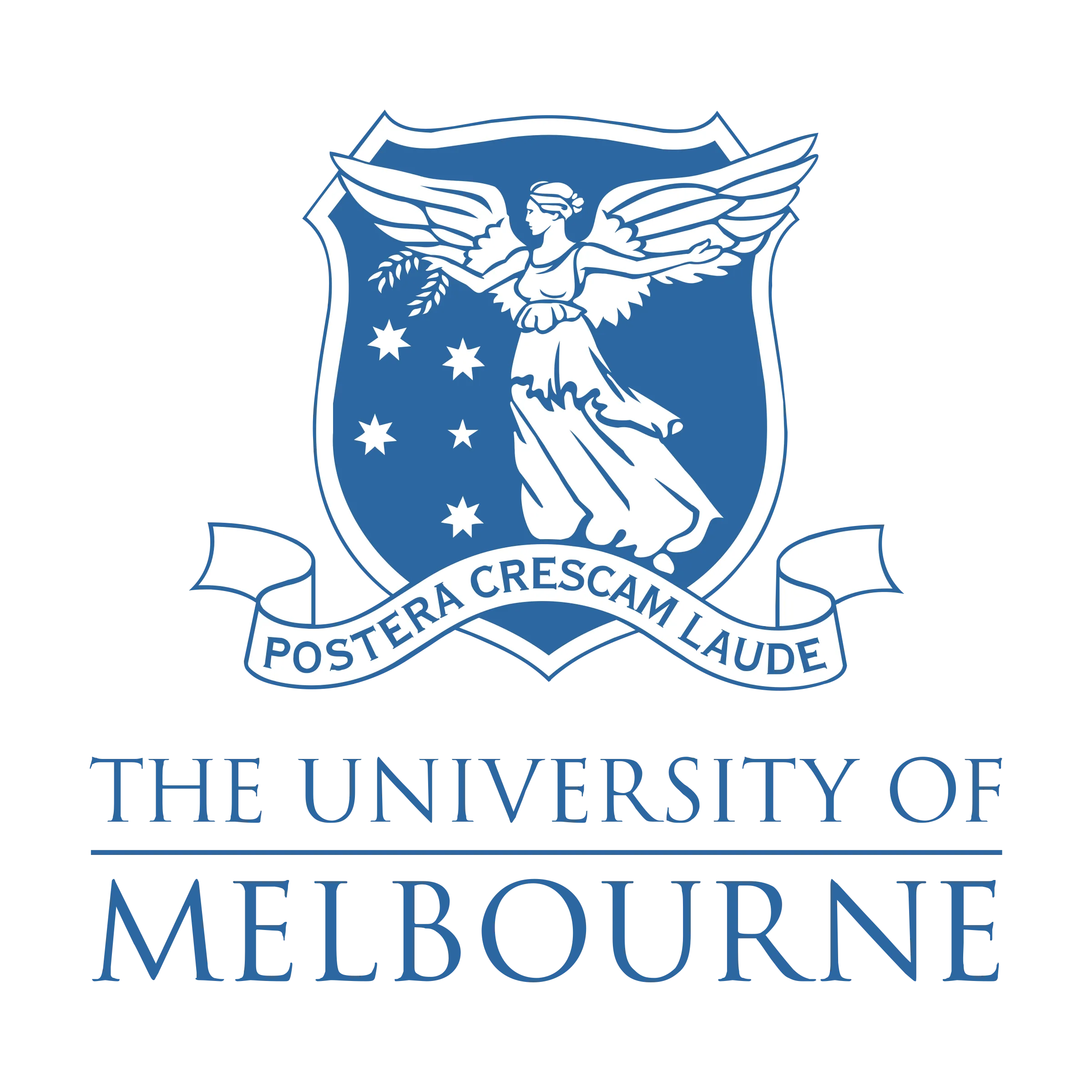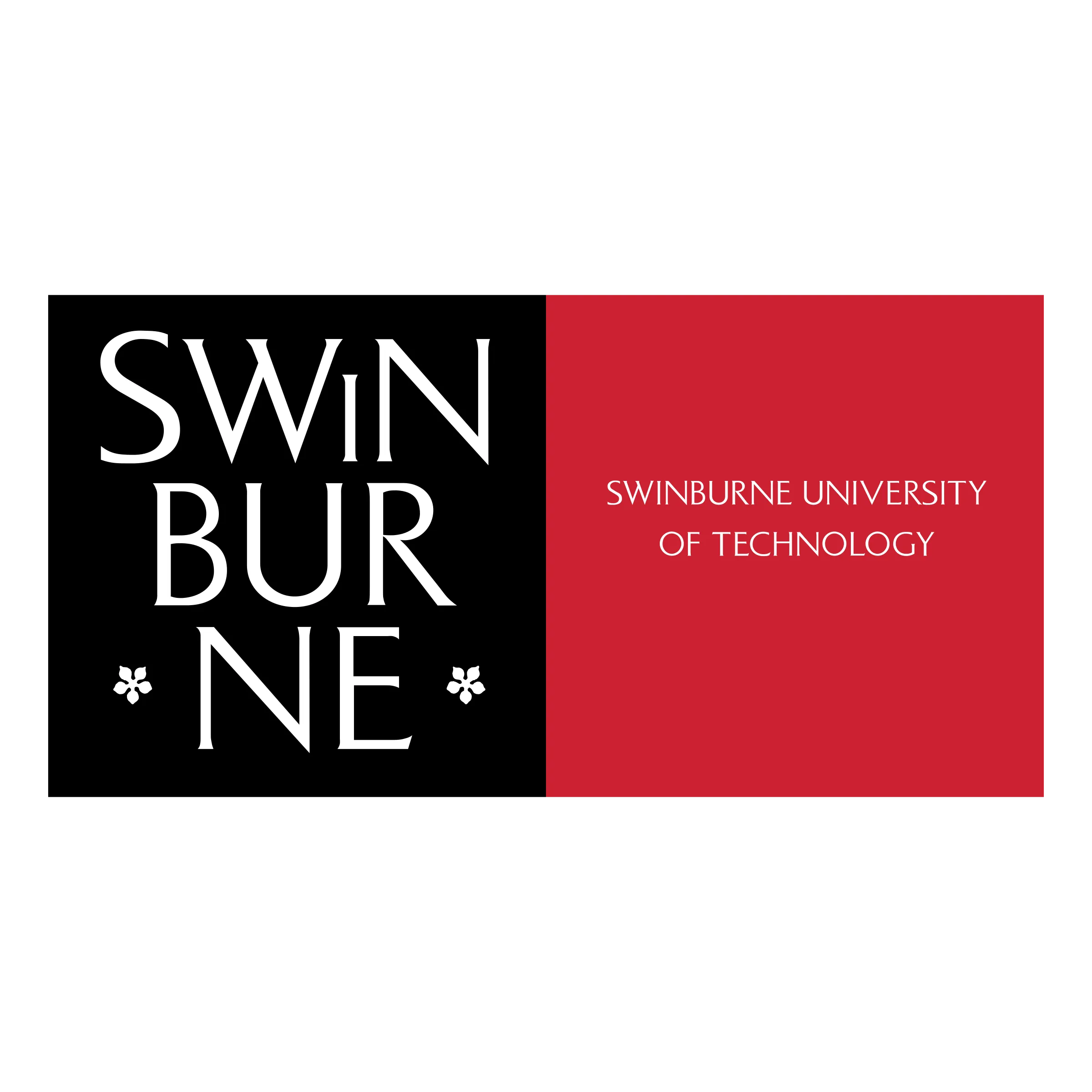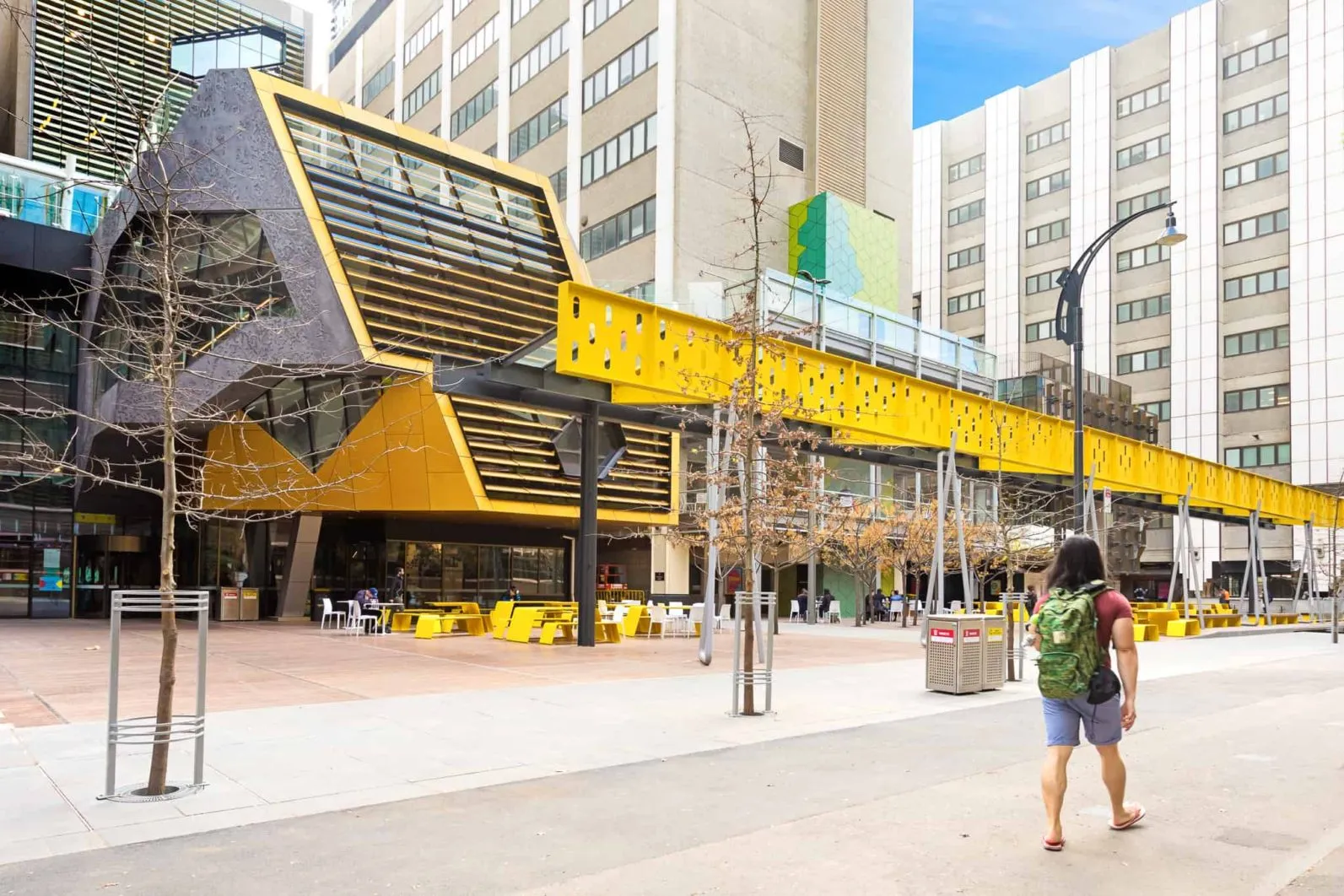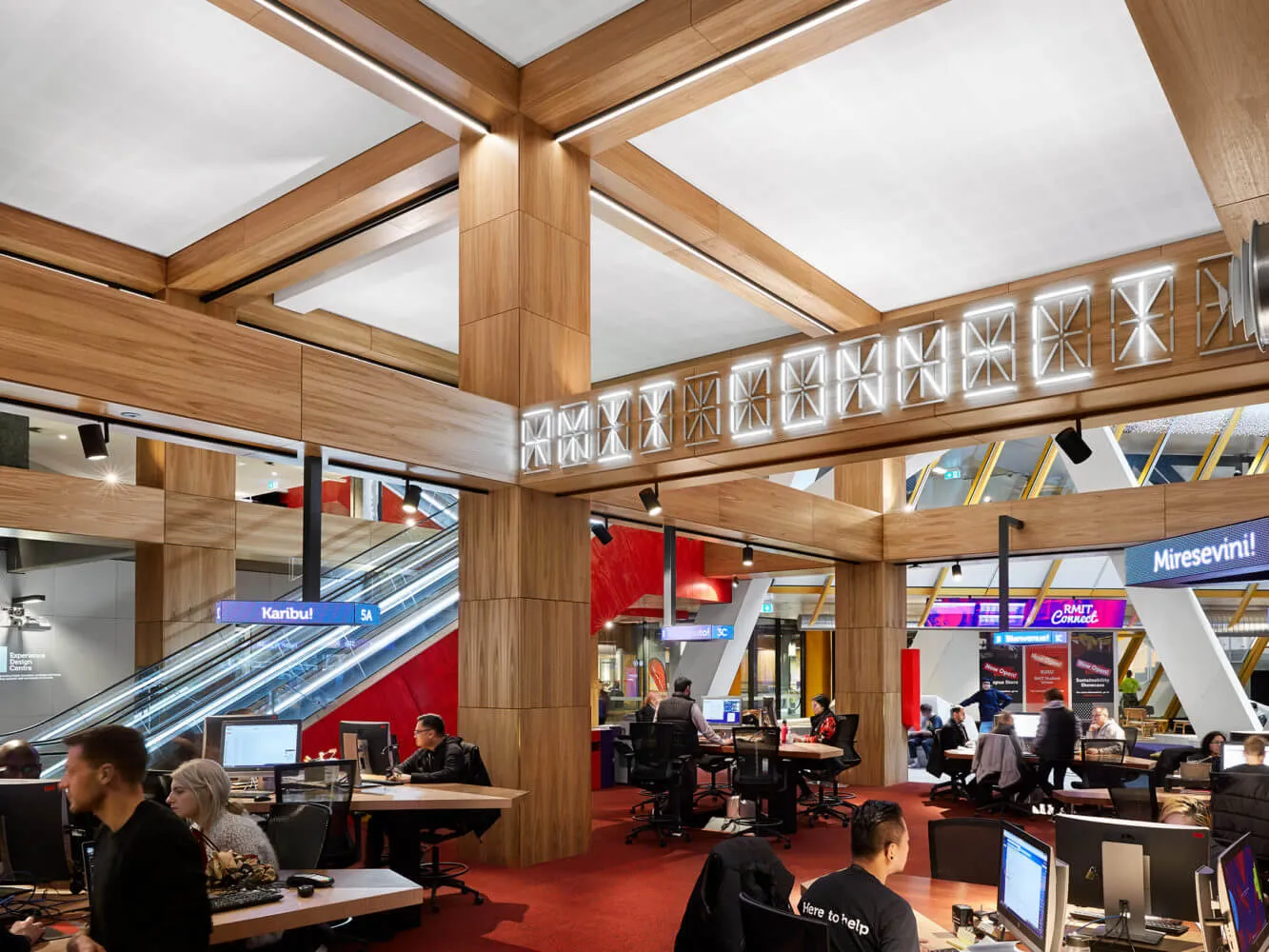About

University Type
Public

Melbourne,
Australia

Year Established:
1992
RMIT University, officially the Royal Melbourne Institute of Technology (RMIT), is a public research university in Melbourne, Australia.
Founded in 1887 by Francis Ormond, RMIT began as a night school offering classes in art, science, and technology, in response to the industrial revolution in Australia. It was a private college for more than a hundred years before merging with the Phillip Institute of Technology to become a public university in 1992. It has an enrolment of around 95,000 higher and vocational education students, making it the largest dual-sector education institution in Australia. With annual revenue of around A$1.5 billion, it is also one of the wealthiest universities in Australia. It is rated a five-star university by Quacquarelli Symonds (QS) and is ranked 15th in the World for art and design subjects in the QS World University Rankings, making it the top art and design university in Australia and Oceania.
The main campus of RMIT is situated on the northern edge of the historic Hoddle Grid in the city center of Melbourne. It has two satellite campuses in the city's northern suburbs of Brunswick and Bundoora and a training site situated on the RAAF Williams base in the western suburb of Point Cook. It also has a training site at Bendigo Airport in the Victorian city of Bendigo and a research site in Hamilton near the Grampians National Park. In Asia, it has two branch campuses in Ho Chi Minh City and Hanoi and a training center in Da Nang in Vietnam as well as teaching partnerships in Mainland China, Hong Kong, Indonesia, Singapore, and Sri Lanka. In Europe, it has a research and collaboration center in the Spanish city of Barcelona.
Rankings

#125
QS

#198
USNews

#275
THE
RMIT University Program Rankings
-
Civil & Infrastructure (Honours) (UG) - Rank #51 (QS)
-
Mechanical Engineering (Honours) (UG) - Rank #114 (QS)
-
Electrical Engineering (Honours) (UG) - Rank #135 (QS)
-
Electronic & Computer Systems Engineering (Honours) (UG) - Rank #135 (QS)
-
Chemical Engineering (Honours) (UG) - Rank #151 (QS)
-
Environmental Engineering (Honours) (UG) - Rank #151 (QS)
-
Computer & Network Engineering (Honours) & Computer Science (UG) - Rank #170 (QS)
-
Information Technology (UG) - Rank #170 (QS)
-
Information Technology (Professional) (UG) - Rank #170 (QS)
-
Appl (UG) - Rank #201 (QS)
-
Psychology (UG) - Rank #301 (QS)
-
Science (UG) - Rank #401 (QS)
RMIT University Highlights
FAQs
What are the most popular graduate programs offered at RMIT University?
RMIT University is renowned for its diverse range of popular graduate programs, particularly in fields such as Business Administration, Engineering, Computer Science, and Design. These programs are highly regarded due to their strong industry connections and focus on practical, skills-based learning that prepares students for real-world challenges.
What is the Annual Cost of attendance at RMIT University?
The annual cost of attendance at RMIT University, including tuition fees and living expenses, averages around AUD 36,000. Tuition can vary from AUD 28,000 to AUD 36,000, while living costs are approximately AUD 20,000 per year. Converting this to Indian Rupees, the total annual cost would be around INR 19,44,000, considering the current exchange rate of 1 AUD = 54 INR.
What Financial aid and scholarship options are available at RMIT University?
RMIT University offers a variety of financial aid and scholarships to support students financially. These include merit-based scholarships, need-based grants, and specific awards for international students. Prospective students can apply by checking the eligibility criteria and deadlines on the RMIT website and submitting an application through the RMIT scholarship portal, often requiring a personal statement and academic records.
What is the reputation and ranking of RMIT University?
RMIT University is highly ranked globally, particularly known for its Art and Design programs, which are consistently ranked in the top 20 worldwide by QS World University Rankings. Additionally, RMIT enjoys a strong reputation in Engineering and Technology, positioned among the top 100 institutions globally. These rankings reflect RMIT's commitment to excellence in education and research.
What is the campus culture like at RMIT University?
The campus culture at RMIT University is vibrant and dynamic, offering a wide range of activities that cater to diverse interests. Students can engage in various cultural festivals like Harmony Day, participate in numerous clubs and societies ranging from sports to arts, and attend regular campus events such as workshops, guest lectures, and social gatherings. This lively environment fosters a sense of community and belonging among students.
What are the housing options at RMIT University?
RMIT University provides multiple housing options including on-campus residences which are convenient and fully-furnished. For off-campus housing, students often choose popular areas such as Carlton, Brunswick, and North Melbourne, which are known for their affordability and proximity to campus. These neighborhoods offer a range of rental options from shared apartments to studio units, catering to different budgets and preferences.








